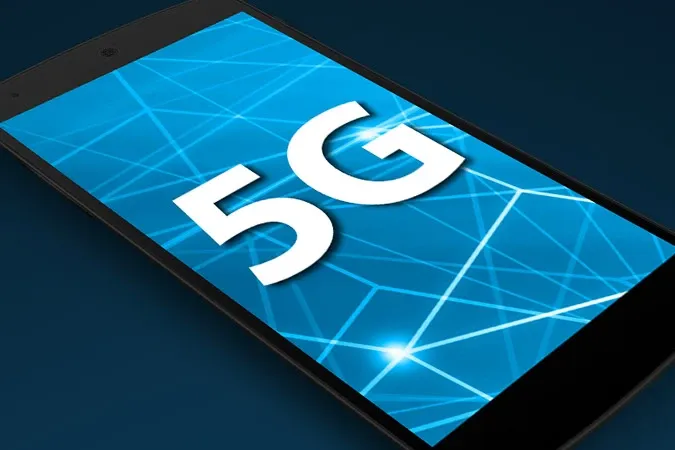NVIDIA Acquired Workload Management Provider SchedMD
NVIDIA acquired SchedMD, the leading developer of Slurm, an open-source workload management system for high-performance computing (HPC) and AI.

Apple plans to hold off until at least 2020 before offering an iPhone that can connect to 5G, according to Bloomberg, citing people familiar with its plans. The delay may make it easier for rivals like Samsung to win over consumers to phones that connect to 5G networks, which will provide a leap forward in mobile data speeds when they are introduced in 2019.
As with 3G and 4G, the two previous generations of mobile technology, Apple will wait as long as a year after the initial deployment of the new networks before its main product gets the capability to access them, said the people, who asked not to be identified. Apple’s previous calculations, proven correct, were that the new networks and the first versions of rival smartphones would come with problems such as spotty coverage, making consumers less compelled to immediately make the jump. This time, 5G boosters argue the switch is a much bigger speed upgrade, making Apple’s decision to wait riskier.
The decision to sit on the sidelines may be related to the company’s feud with Qualcomm and its alliance instead with Intel, which won’t have chips available in time to support 2019 phones. In the past, it hasn’t been a problem for Apple to wait a year after much of its competition to release phones compatible with the latest wireless networks. But going into 2019, the stakes have changed: the leap from 4G to 5G is significant enough that it may become a major selling point for new devices.
Samsung plans to have 5G phones in its Galaxy range next year. And in China, the largest market for smartphones, major producers Oppo and Huawei also have indicated they plan to offer 5G phones. Wireless carriers are likely to prioritize the marketing of 5G phones in order to get customers to migrate over as soon as possible. Huawei and Samsung can build 5G modems, not just Intel and Qualcomm. But Apple is unlikely to use chips from competitors, and the companies may also struggle to produce enough supply for the iPhone’s volumes.